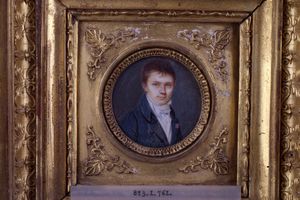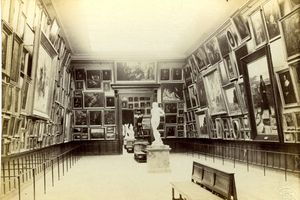Discover the museum
Quimper, the main town in Finistère and the capital of Cornouaille, was a modest town in the mid-19th century, with 12,000 inhabitants. It was unlike regional capitals such as Rennes and Nantes, where museums were created in the late 18th or early 19th centuries with collections seized from immigrants, church property and works allocated by the Museum Central des Arts.
Quimper was considered by Jacques Cambry to be a « town without wealth and with no enthusiasm for the arts ». During the Revolution, the painter François Valentin (1738-1805) attempted to create a museum with a few ancient works from the region. However, owing to a lack of funds and insufficient works, his project failed. In the mid-19th century, attention focused more readily on local archaeology and history. In 1862, the Conseil Général of Finistère voted in principle for the creation in Quimper of a departmental museum mainly for archaeology from the region. This museum would receive collections accumulated since 1845 by a learned society, the Archaeological Society of Finistère, and which had been stored in a room at a girls’ school.
When Quimper decided to create a museum of fine arts in 1864, there were no museums in Brittany to the west of the Rennes-Nantes line, except for Saint-Malo, which began to gather together some portraits and historical relics in 1861, and Vannes, where archaeological relics, collected by the Société polymathique du Morbihan, had been stored since 1826,
The creation of a museum in Quimper was special, in that the aim was not to regroup local works and State allocations, but to receive the considerable collection of Jean-Marie de Silguy who had just died: 1,200 paintings, 2,000 drawings, 12,000 engravings and dozens of works of art.


